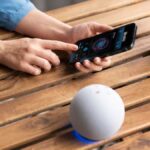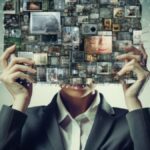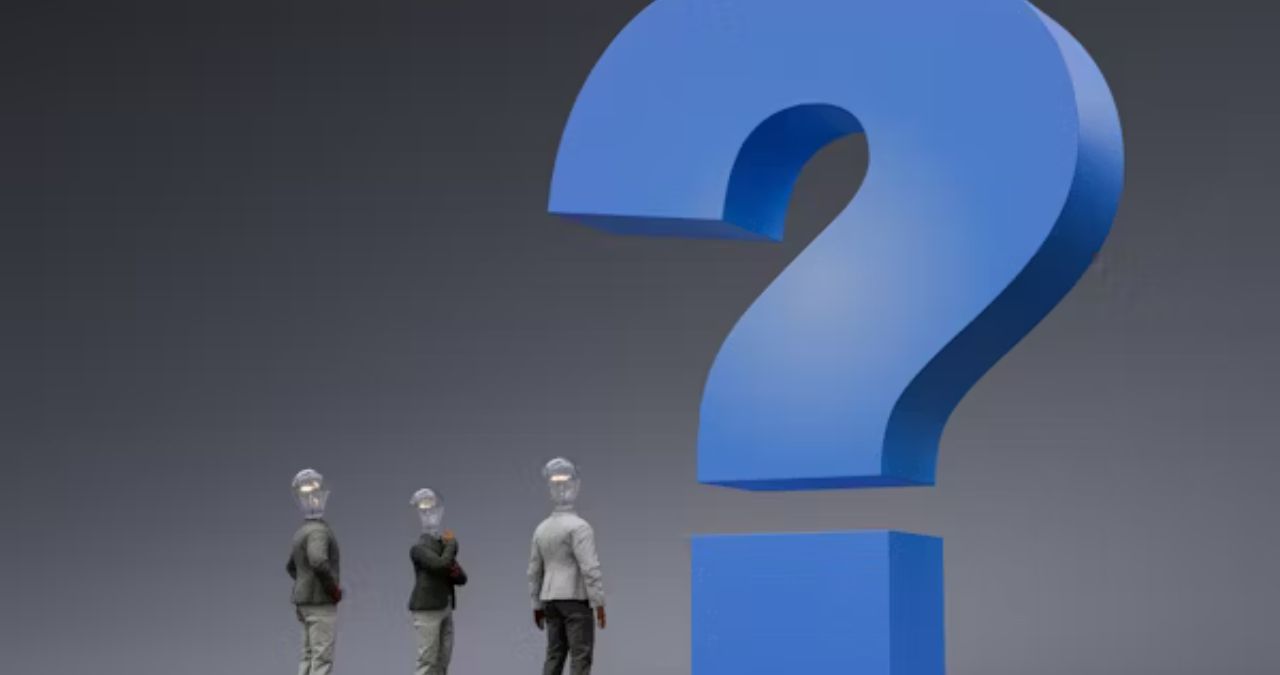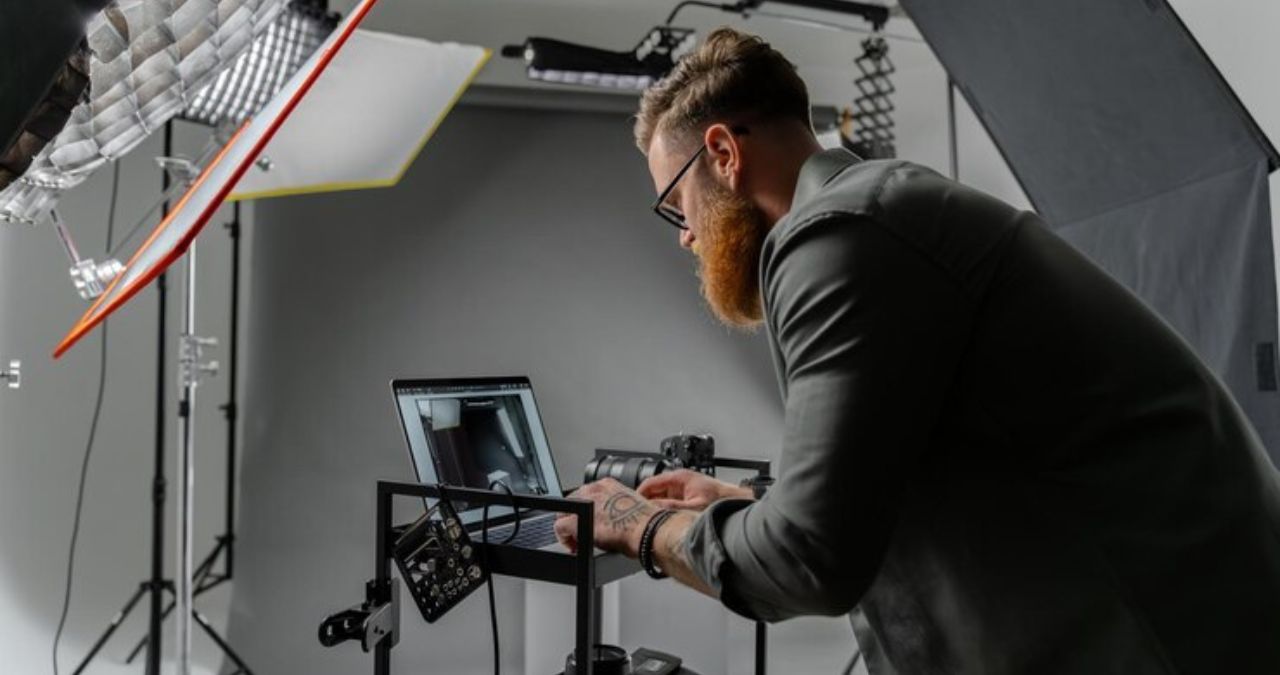In the ever-evolving landscape of technology, innovation, and human creativity, new concepts and ideas emerge that challenge our understanding of the world and push the boundaries of what is possible. One such concept that has recently garnered attention is Eye_Rene845. While the name itself may seem enigmatic, it represents a fascinating intersection of technology, art, and human perception. In this article, we will delve into the concept of Eye_Rene845, explore its origins, and examine its potential implications for various fields, including technology, psychology, and creative expression.
What is Eye_Rene845?
At its core, Eye_Rene845 is a conceptual framework that explores the relationship between human vision, perception, and the digital world. The name itself is a blend of “Eye,” symbolizing vision and perception, and “Rene,” a nod to the French philosopher René Descartes, who famously pondered the nature of reality and existence. The number “845” adds an element of mystery, suggesting a code or a unique identifier for this concept.
Eye_Rene845 is not tied to a single technology or application but rather serves as a metaphorical lens through which we can examine how humans interact with and interpret digital environments. It raises questions about how we see, process, and understand the world around us, especially in an era dominated by screens, virtual reality, and augmented reality.
The Origins of Eye_Rene845
The concept of Eye_Rene845 emerged from the growing interest in the intersection of human perception and digital technology. As advancements in virtual reality (VR), augmented reality (AR), and artificial intelligence (AI) continue to reshape our world, researchers, artists, and technologists have begun to explore how these tools influence the way we see and interpret reality.
The idea was first introduced in a series of thought experiments and artistic projects that sought to challenge traditional notions of vision and perception. By combining elements of neuroscience, philosophy, and digital art, Eye_Rene845 aims to create a dialogue about the evolving relationship between humans and technology.
Key Themes of Eye_Rene845
- The Nature of Perception
Eye_Rene845 challenges us to reconsider how we perceive the world. In a digital age, where much of our interaction with reality is mediated through screens and devices, the concept asks: How does this affect our understanding of what is real? Are we seeing the world as it is, or are we interpreting it through a digital filter? - The Blurring of Boundaries
One of the central themes of Eye_Rene845 is the blurring of boundaries between the physical and digital worlds. With the rise of VR and AR, the line between what is real and what is virtual is becoming increasingly indistinct. Eye_Rene845 explores how this convergence impacts our sense of self and our connection to the world around us. - The Role of Technology in Shaping Perception
Eye_Rene845 also examines the role of technology in shaping how we see and interpret the world. From AI-driven image recognition to immersive digital environments, technology has the power to alter our perception in profound ways. The concept encourages us to think critically about the ethical and psychological implications of these advancements. - Artistic Expression and Digital Creativity
Beyond its technological and philosophical dimensions, Eye_Rene845 has significant implications for art and creativity. By leveraging digital tools, artists can create experiences that challenge traditional notions of vision and perception. Eye_Rene845 serves as a platform for exploring new forms of artistic expression that merge the physical and digital realms.
Implications of Eye_Rene845
The concept of Eye_Rene845 has far-reaching implications across various fields. Let’s explore some of the most significant areas where this idea could make an impact.
1. Technology and Innovation
Eye_Rene845 has the potential to drive innovation in the tech industry, particularly in the development of VR, AR, and AI technologies. By focusing on the relationship between human perception and digital environments, developers can create more immersive and intuitive experiences. For example, Eye_Rene845 could inspire the design of VR systems that adapt to individual users’ visual preferences or AR applications that enhance our ability to interpret complex data.
2. Psychology and Neuroscience
The concept also has important implications for psychology and neuroscience. By studying how digital environments influence perception, researchers can gain insights into the mechanisms of human vision and cognition. This knowledge could lead to breakthroughs in treating visual impairments, understanding cognitive biases, and improving mental health in an increasingly digital world.
3. Art and Design
Eye_Rene845 opens up new possibilities for artistic expression. Digital artists can use the concept as a framework to create works that challenge viewers’ perceptions and provoke thought about the nature of reality. For example, an artist might create an interactive installation that uses AR to overlay digital elements onto the physical world, blurring the line between the two.
4. Education and Training
The principles of Eye_Rene845 can also be applied to education and training. By leveraging immersive technologies, educators can create learning experiences that engage students on a deeper level. For instance, medical students could use VR simulations to practice surgeries, while history students could explore ancient civilizations through AR-enhanced environments.
5. Ethics and Society
As technology continues to shape our perception of reality, ethical questions arise about the impact of these advancements on society. Eye_Rene845 encourages us to consider issues such as privacy, consent, and the potential for manipulation in digital environments. By fostering a dialogue about these topics, the concept can help guide the responsible development and use of technology.
Real-World Applications of Eye_Rene845
While Eye_Rene845 is a conceptual framework, its principles are already being applied in various real-world contexts. Here are a few examples:
- Virtual Reality Therapy: Therapists are using VR to treat conditions such as PTSD and phobias by creating controlled environments that help patients confront and overcome their fears.
- Augmented Reality in Retail: Companies are using AR to enhance the shopping experience, allowing customers to visualize products in their own homes before making a purchase.
- Digital Art Installations: Artists are creating immersive installations that use AR and VR to challenge viewers’ perceptions and create unique sensory experiences.
- AI-Driven Image Recognition: AI technologies are being used to analyze and interpret visual data, from medical imaging to autonomous vehicles.
The Future of Eye_Rene845
As technology continues to advance, the concept of Eye_Rene845 will likely evolve and expand. Future developments in AI, VR, and AR could further blur the boundaries between the physical and digital worlds, creating new opportunities and challenges. Eye_Rene845 serves as a reminder to approach these advancements with curiosity, critical thinking, and a commitment to ethical considerations.
Conclusion
Eye_Rene845 is more than just a concept—it’s a call to explore the profound ways in which technology is reshaping our perception of reality. By examining the relationship between human vision, digital environments, and artistic expression, Eye_Rene845 invites us to think deeply about the world we live in and the tools we use to navigate it. Whether you’re a technologist, artist, psychologist, or simply a curious individual, Eye_Rene845 offers a fascinating lens through which to view the future of human experience. As we continue to push the boundaries of what is possible, concepts like Eye_Rene845 will play a crucial role in guiding our understanding and shaping our world.










